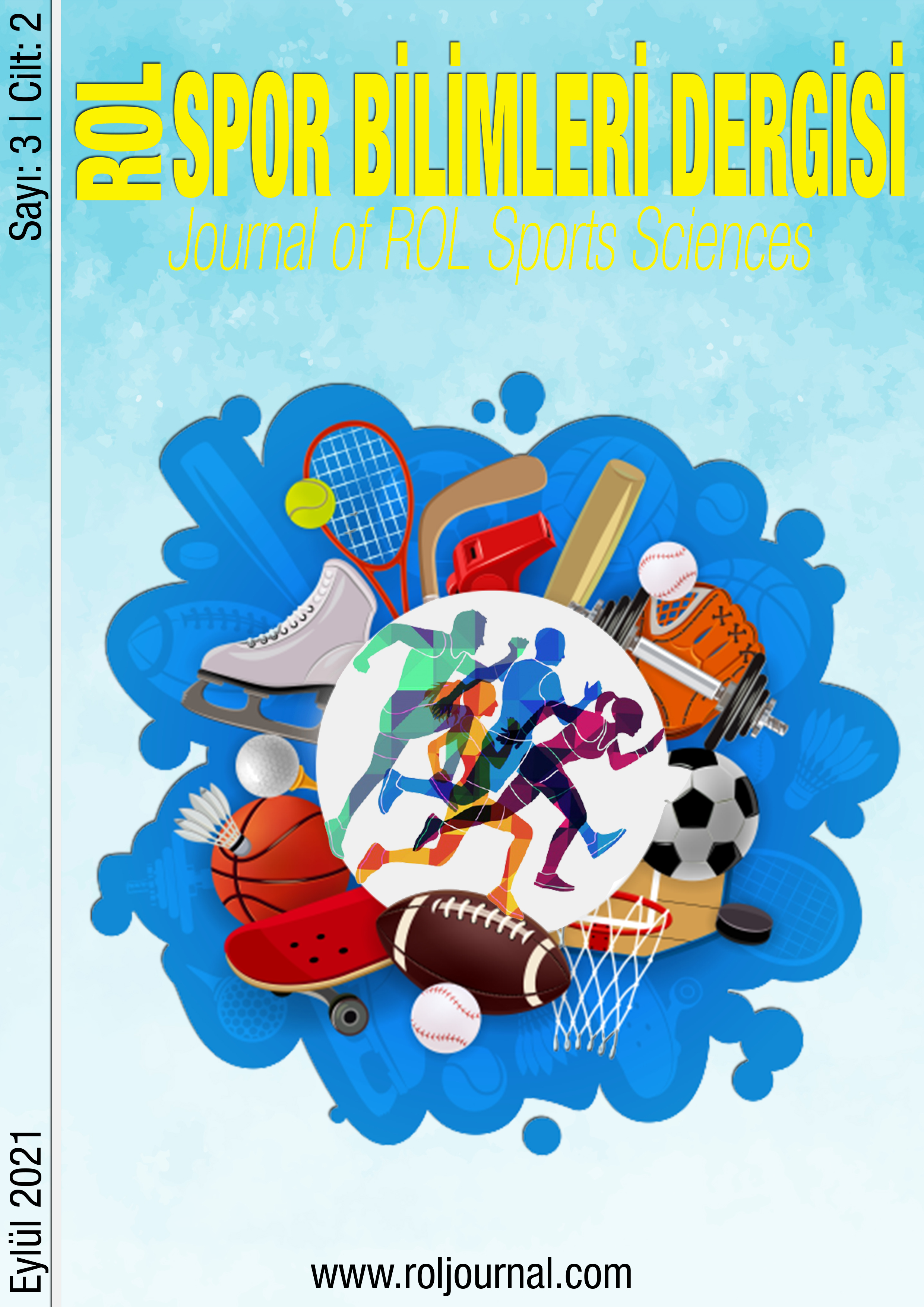COMPARISON OF INDIVIDUALS PREPARING FOR THE SPECIAL TALENT EXAM OF THE FACULTY OF SPORTS SCIENCES AND FINE ARTS OF UNIVERSITIES ACCORDING TO VARIOUS VARIABLES
DOI:
https://doi.org/10.29228/roljournal.51997Keywords:
Adolescent Individuals, Future Expectations, Commitment to lifeAbstract
The aim of this study is to reveal the relationship between life expectancy and future expectations of individuals preparing for special talent exam of sports sciences and fine arts faculties of universities. Research prepared a special aptitude test in various provinces of Turkey's total of 243 individuals, including 127 men and 116 women have participated as volunteers. In the study, Life Attachment Scale, which is a validity and validity reliability scale by Uğur and Akın, 2015, and Adolescent Future Expectations Scale (EIBS) developed by McWhirter and McWhirter (2008) were used as data collection tools. Adaptation of the scale into Turkish, validity and test reliability were performed by Tuncer (2011). SPSS 22 package program was used in the analysis of the obtained data. In our study, where statistical significance level was determined as 0.05, the homogeneity and variance of the data were tested, skewness and kurtosis values for normality, Independent Samples T test for paired comparisons, One-Way Anova and Tukey tests for multiple comparisons. As a result of the study, there was no statistically significant difference between the individuals who prepared for sports sciences and fine arts faculties of universities according to gender, age, department, mother education level and monthly income status (p> 0.05); There was a statistically significant difference according to father 's education level (p<0,05). While there was no statistically significant difference according to the father's educational status, department and age variability of the individuals who were prepared for sports sciences and fine arts faculties of universities (p> 0.05); A significant difference was found according to gender, maternal education level and monthly income status variables (p<0.05).


